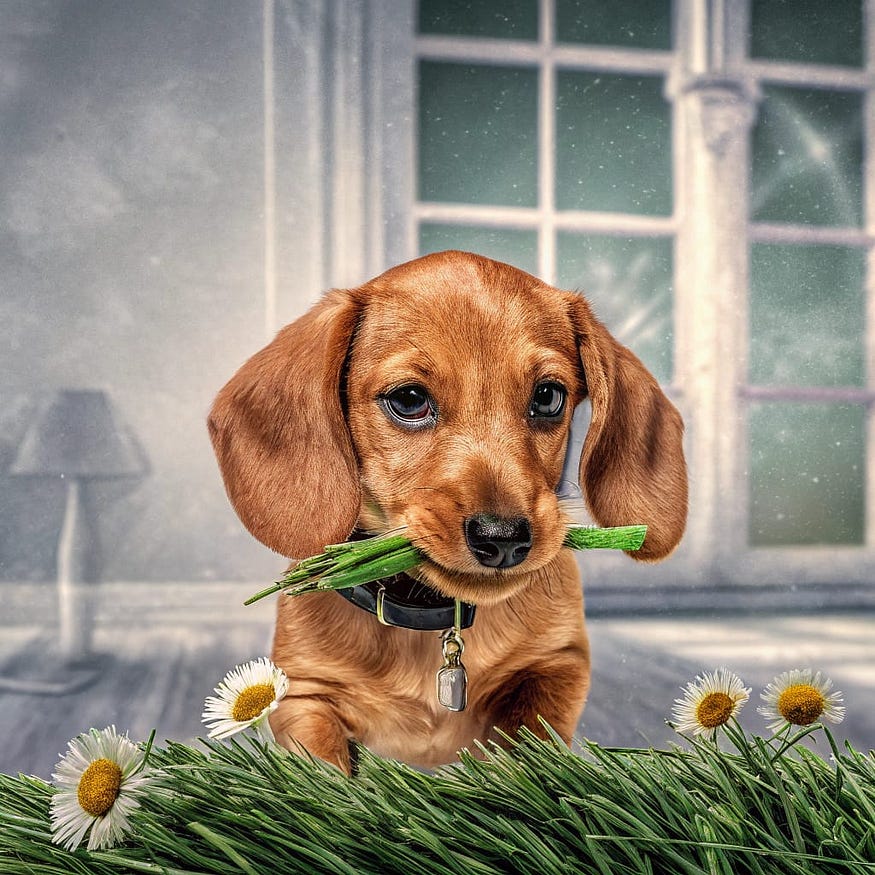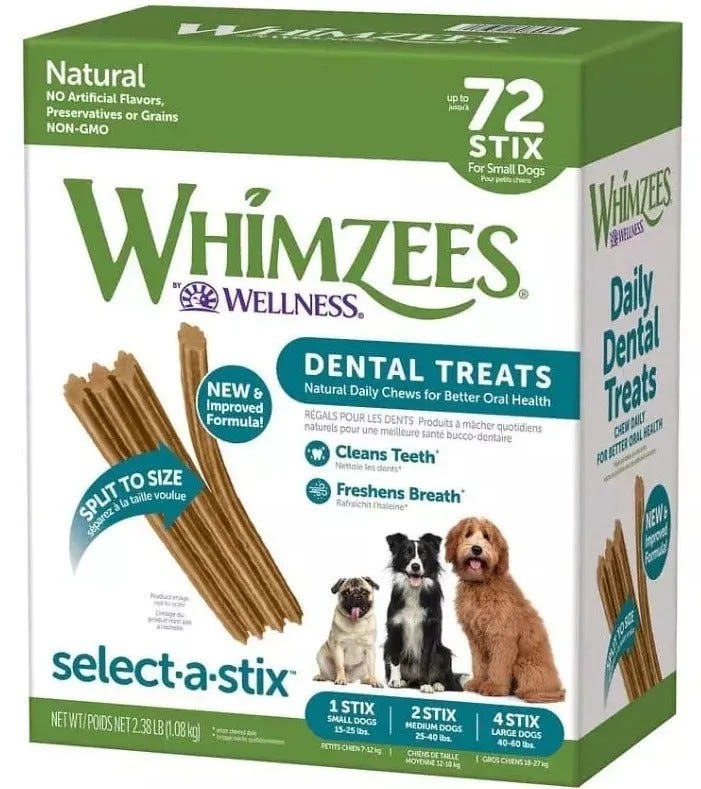Discover 5 reasons dogs eat grass — from fiber needs & digestion to boredom & anxiety, plus tips to keep your pup healthy

This post can be read on Medium
Written by Xena
Introduction
You’ve probably noticed your best “four-legged friend” nibbling on grass from time to time. Dogs eat grass for several reasons: curiosity about the taste and texture, to aid digestion, to soothe nausea, or simply out of boredom or anxiety. Constant or excessive grazing may point to health issues or a deficiency in certain nutrients.
Understanding Your Dog’s Need for Grass
Instinctive Behavior and Evolutionary Heritage
Although limited, direct studies have shown that wolves also occasionally consume grass, suggesting to some experts that this behavior is evolutionarily ingrained. Some scientists believe that grass-eating is a leftover behavior from dogs’ wild ancestors, who ingested partially digested plants from the stomachs of their herbivore prey.
Exploring Taste and Texture
The taste and texture of fresh grass can be appealing to dogs, especially those who enjoy gnawing on plants. By nature, dogs are curious creatures that sometimes explore their world with their tongues and mouths.
Main Reasons Dogs Eat Grass
- Supplementing Fiber
Some dogs don’t get enough fiber in their diet. Grass contains insoluble fiber, which helps maintain normal bowel function, particularly in dogs with low-fiber kibble diets. In some cases, switching to a higher-fiber food can reduce their desire to seek out grass. - Easing Digestive Discomfort
Dogs often eat grass before or after vomiting. The fiber in grass may help sweep toxins through the digestive tract. On the other hand, the rough blades can also mechanically irritate the stomach lining, sometimes triggering a vomiting reflex. However, only a small percentage of dogs actually vomit after grazing. - Fulfilling Nutritional Needs
While a balanced diet usually meets most of a dog’s needs, some dogs may seek additional sources of vitamins and minerals if their food lacks variety. - Boredom and Anxiety
Dogs may turn to grass when they have excess energy they can’t burn, are anxious about being left alone, or simply feel bored. Increasing mental stimulation and regular physical activity can go a long way toward minimizing repeated grass-eating.
When to Be Concerned
Occasional grass-eating is usually nothing to worry about, but if your dog is repeatedly gobbling grass and shows any of the following signs, consult your veterinarian to rule out serious health issues:
- Frequent vomiting or diarrhea
- Lethargy, loss of appetite, or a tender abdomen
- Signs of parasitic infection or allergic reaction
Tips for Dog Owners
Boost Fiber in Their Diet
Adding cooked pumpkin or other safe fiber sources to your dog’s meals can greatly reduce their urge to graze and support healthy digestion.
Increase Mental and Physical Stimulation
Regular walks, chew toys, and interactive puzzles will keep your dog engaged both mentally and physically, cutting down on boredom-driven grass-eating.
Maintain a Safe, Clean Lawn
Ensure your grass is free from pesticides, molds, or toxic plants. Create a pet-friendly environment to prevent poisoning or injury to your “furred friend.”
I hope this gives you a clear, enjoyable insight into why your “four-legged friend” occasionally reaches for grass!
https://www.catdogwrld.com/2025/04/dog-breeds-and-zodiac-signs-find-your.html

Feel free to contact me if you need a writer
If you want to support my work, buy me a coffee for $1 by clicking the link below. This is a small amount for you, but this means a lot to me!
Greetings, and until my next article!
Xena











0 comments:
Post a Comment